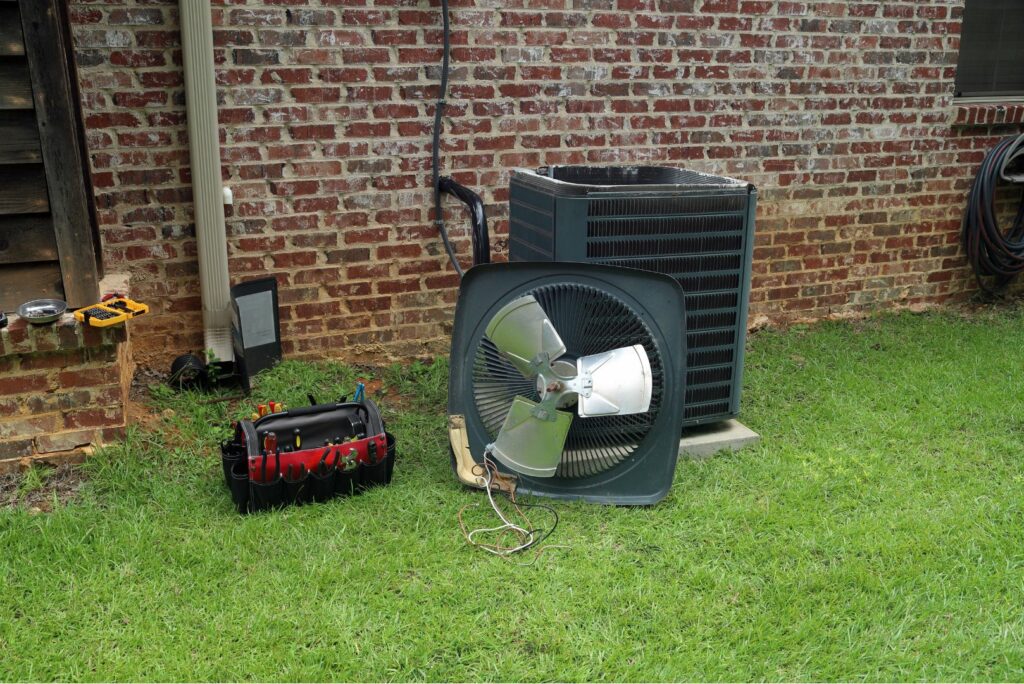As a homeowner in Calgary, you can’t underestimate the importance of an air conditioner. You’ll thank the heavens you have an AC by your side to keep your family cool and comfortable during the hot summers. I recommend partnering with Air Conditioner Calgary for all your AC needs — my team will always be available during those hot nights whenever you face an emergency.
But first, do you know how your AC maintains a favorable indoor temperature? If you thought that the air conditioner pumps cold air into your house, you thought wrong. Let me enlighten you about an air conditioner’s working mechanisms.
The Role of an AC Unit
Before diving into An AC’s operations, it’s wise to learn about its role:
- An AC has a thermostat that automatically detects the indoor temperature and begins the cooling process when the air temperature is high.
- It has filters that trap and remove foreign particles from the circulating air.
- It also controls the humidity level in the house by eliminating moisture through drains and collection pans.
The Major Components of an AC Unit
AC units have four major components. These are the evaporator, expansion valve, compressor and condenser, located either on the cold or hot side of the AC. The cold side of the air conditioning system, which has the evaporator, expansion valve, fan and chilled coils, lies inside the house. On the other hand, you’ll find the hot side with the compressor, condenser, a fan and hot coils outside your residence.
Air Conditioning Mechanisms in Detail
Like a refrigerator, An air conditioning system works through phase conversion of special liquids called refrigerants. Refrigerants have distinctive characteristics allowing them to change from liquid to gaseous state and vice versa through condensation and evaporation. The refrigerant in a gaseous or liquid state flows between the cold and hot sides of the AC unit through special pipes called coils. Let me explain the process:
- Hot indoor air blows into the AC, whereby the fan on the cold side pushes it over the chilled evaporator coils with cold liquid refrigerant.
- The cold refrigerant absorbs the heat from the air, and the expansion valve minimizes pressure allowing the liquid refrigerant to evaporate into a gaseous state. At the same time, the cold air finds its way back into the house with the help of the blowing fan.
- Once the refrigerant within the evaporator coils changes from liquid to vapor after heat absorption, it flows from the cold side to the hot side into the compressor. This large electric pump pressurizes the refrigerant gas to turn it back into a liquid form.
- The compression process generates heat, and that’s where the condenser coils and fan (on the hot side of the AC) come into play. They evacuate the heat into the exterior of the house.
- After heat expulsion, the hot and gaseous refrigerant in the condenser coils cools and condenses into a liquid. The liquid then flows back into the evaporator coil to begin the heat absorption process and eliminate heat from indoors.
- The AC unit operates in this endless cycle of moving liquid refrigerant to the cold side to absorb the heat from the house and the gaseous form to the hot side of the AC unit to rid the heat and cool it back to a liquid.
Are You Looking for Air Conditioning Calgary?
A properly functioning air conditioner saves you from high electricity bills while maintaining a favorable indoor temperature. Calgarians looking for AC Calgary services are lucky to have my experienced team in the backyard. Learn all about Air Conditioner Calgary to find out why we’re the perfect fit for your AC installations, tune-ups, repairs and maintenance.

